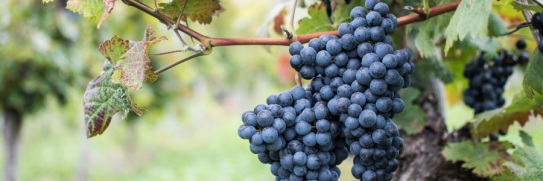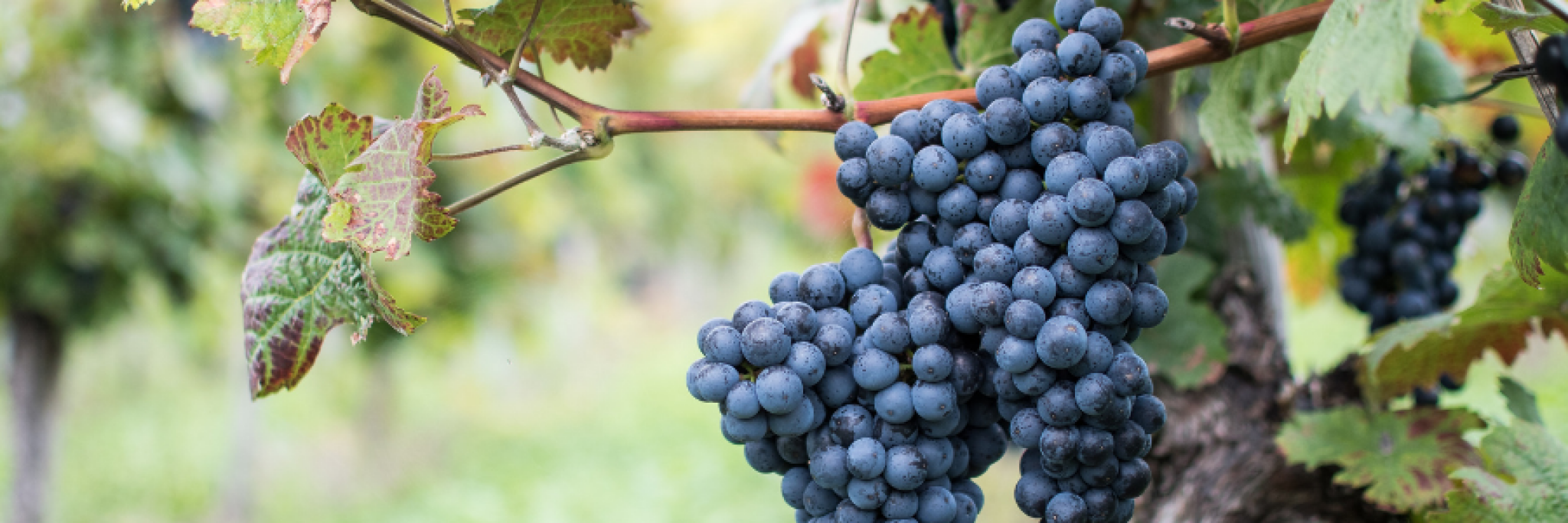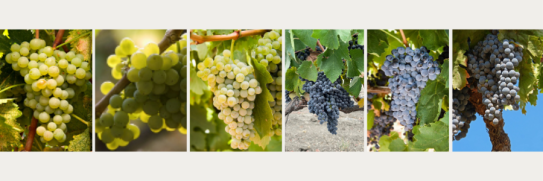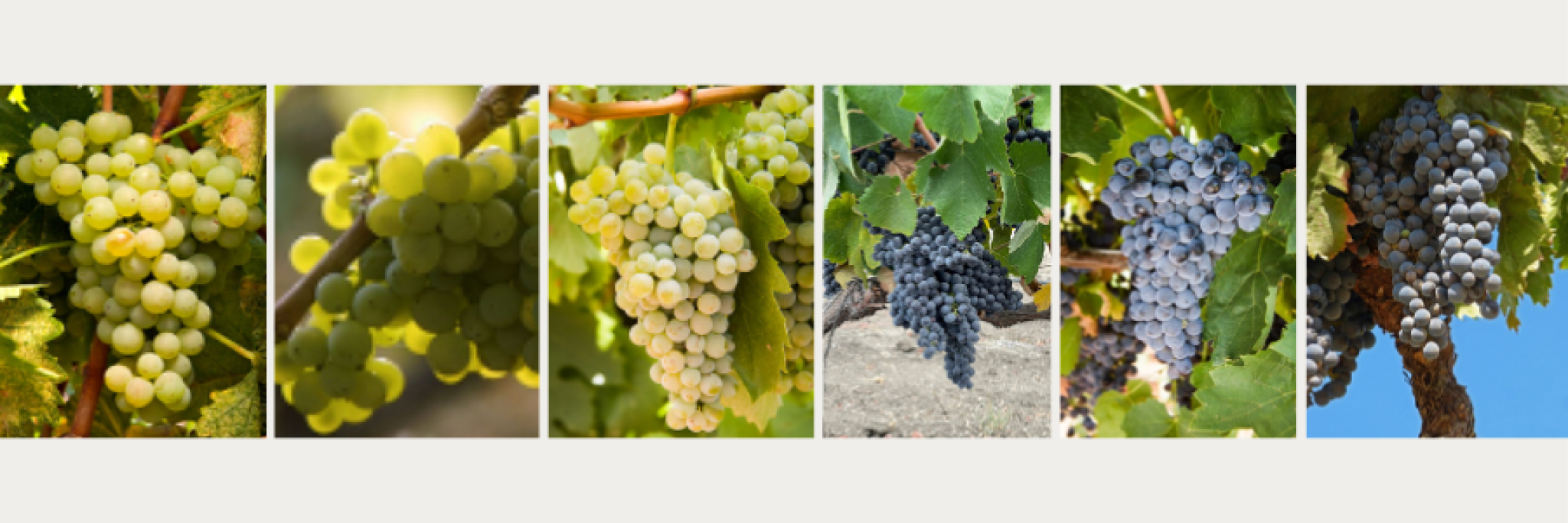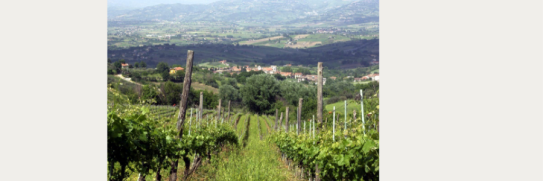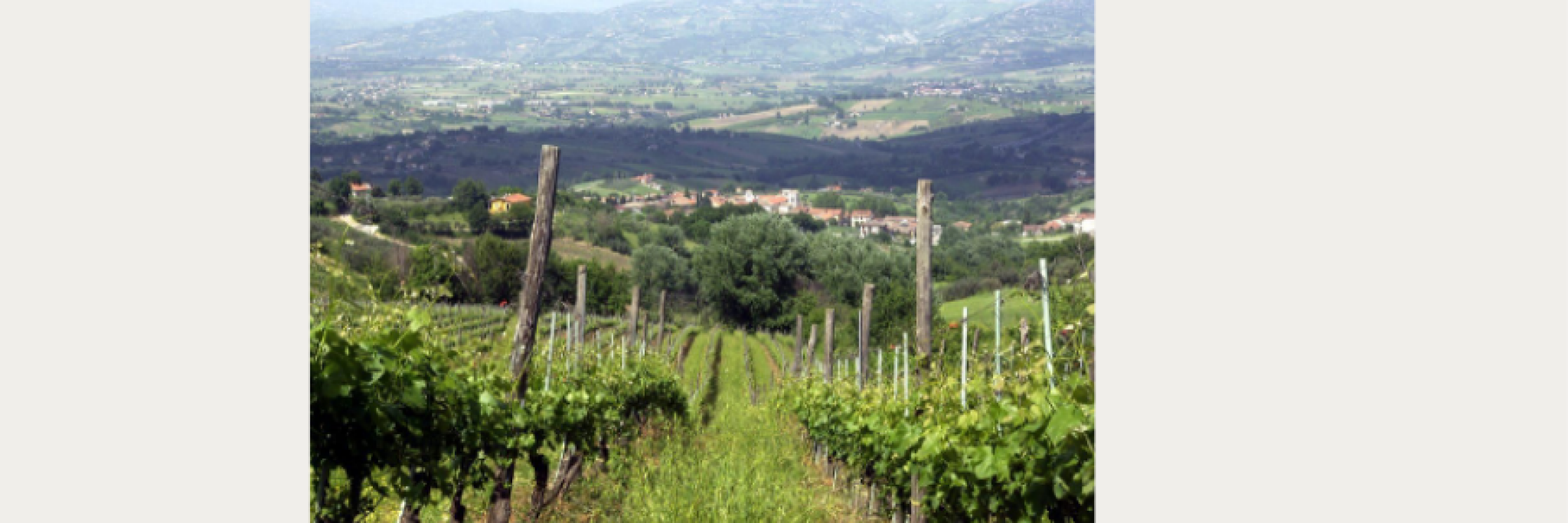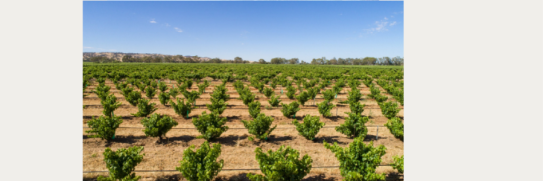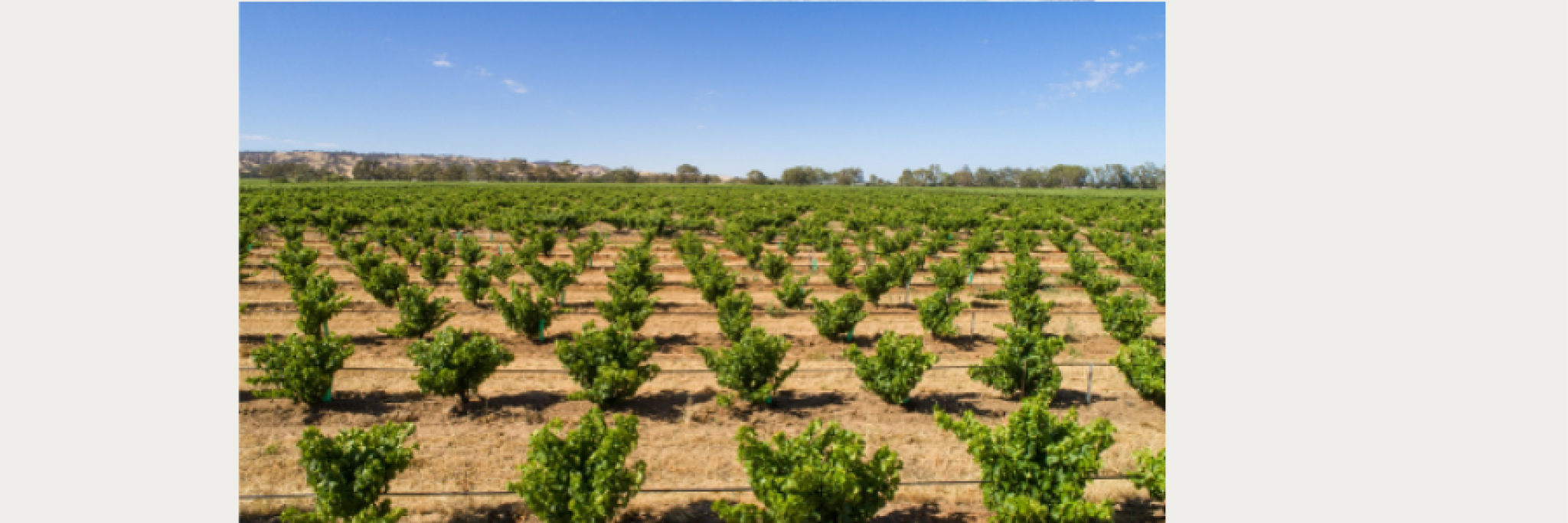We are all very familiar with the mainstream and international varieties – from Sauvignon Blanc to Shiraz – which rightly populate most wine lists but who are the new and exciting varietals which are making waves and becoming increasingly popular with consumers – and therefore the trade? So, let’s look at some of these and do a little crystal ball gazing and highlight who are the new kids on the block and those who might come up on the rails (apologies for all the clichés!) in the next 10 years.
TOMORROW’S STAR GRAPES TODAY…?
Vermentino/Rolle (Italy/France), Albariño/Alvarinho (Spain/Portugal), Fiano (Italy), Tempranillo (Spain and Portugal), Grenache/Garnacha (France/Spain/Australia), Primitivo aka Zinfandel (Italy/California)
May I also suggest that if you do not have a good representation of these more “off-piste” on your list please chat with your Peter Graham rep about options, as these grapes and wines add a sense of dynamism and interest to a list as well as being commercially viable. For ease let’s start with White Varieties.
To put this into context it was not that long ago that Picpoul was virtually unheard of – now it is a mainstream and firm favourite consumers and trade alike with Picpoul de Pinet from the south of France.
Albariño/Alvarinho
A classic place to start is with the Iberian white grape Albariño (in Spain) or Alvarinho (in Portugal) – whose spiritual home is found in the cooler climate Northwest Atlantic influenced area of Iberia, both with Spain in Galicia (classically in the region of Rías Baixas and in the Minho in numerous Vinho Verde - either a solus varietal or in a blend with other star grapes of the area such as Loureiro and Arinto. With bright stone fruit and citrus intensity of flavours and aromas these wines are pitch perfect for the modern day dry white wine drinker – and a great alternative to Sauvignon Blanc.
And I know I have highlighted this grape before but waiting in the wings is another star white grape from Galicia – Godello – this is gradually gaining traction and a following and is my main Iberian recommendation as the one to watch.
Please try the lovely Terras Gauda Albariño from Rías Baixas which has benchmark freshness and a zesty citrus burst and lift. This variety and region are fast becoming mainstream with drinkers and on lists and I encourage you to try this if you do not already list an example.
https://petergrahamwines.com/p/terras-gauda-albarino-san-campio-magnum
Vermentino/Rolle
Another grape becoming increasingly popular is Vermentino – also called Rolle in France. This is an intriguing grape in that it not only has bright citrus and stone fruit notes but a touch of tropicality and a lovely soft spice or peppery edge to it. It is grown widely in the south of France and in Italy – including the island of Sardinia and in the south. Again, another good alternative to Sauvignon Blanc and food friendly too. The Coquille de Mer from Roussillon below is a benchmark southern French take.
If you like Chablis, you might find this an interesting alternative.
https://petergrahamwines.com/p/vermentino-coquille-de-mer
Fiano
Italy – along with Portugal – is the European champion of indigenous grape. One of its leading white examples is the Fiano grape from Campania. This grape has become highly fashionable in recent years – so much so it is now being planted quite widely in the New World. What makes this stand out from many other Italian white grapes is how aromatic and vibrantly fruity it is – almost mildly tropical. At its best grown around the town of Avellino there are aromas and flavours of citrus, nuts, and even melon. The Mastroberadino example is spot on with a lovely texture and creamy mouthfeel. If you like New World white wines give this a go.
https://petergrahamwines.com/p/fiano-di-avellino-mastroberardino
Fiano vines in the rolling hills near Avellino
Black grapes – Red wines
And to put this category too into context Malbec was virtually unheard of – now it is a mainstream and firm favourite consumers and trade alike with Mendoza Malbec from Argentina.
Grenache/Garnacha
Grenache is the 7th most widely planted grape in the world so why have I included it here? To start with it is a fabulous grape in its own right – it is the bedrock of all great Châteauneuf-du-Pape blends, is an intrinsic part of the Australian take on this wine – what they refer to as “GSM”’s; the main grape in Spain’s superb Priorat wines, and the grape behind the majority of the refined pale rosés from the south of France.
The key is in most of these wines it is rare to be a solus (unlike say Pinot Noir in red Burgundy) varietal so it sits “under the radar” with many drinkers. But this does not detract from its intrinsic quality which makes wines with plush, rich red fruits, a touch of soft white pepper spice and liquorice, a softness to its richness and great texture and rounded qualities. And it is immediately drinkable in most cases. So, please try this excellent solus, old bush vine, example for the renowned Barossa producer – Yalumba Samuels Bush Vine Grenache and see what all the fuss is about. If you are a regular Shiraz drinker, give this a go.
https://petergrahamwines.com/p/grenache-bush-vine-samuels-collection-yalumba
What we mean by (old) Bush Vine – free standing and self-supporting Grenache vines in the Barossa Valley South Australia
Primitivo aka Zinfandel
Another luscious and juicy grape and wine which is on the rise in popularity. Its origins were in the south of Italy in Puglia, but scientists have now confirmed that it is the same grape as Zinfandel which is widely grown in California. Often made from grapes grown on old bush vines this variety has bold black fruit and plum favours and a softens of texture and creaminess with a lovely savoury edge. If you are a lover of Merlot, try this one for a change – and have a look at the Borgo dei Trulli example from Salento - the heel of Italy.
https://petergrahamwines.com/p/20-salento-primitivo-borgo-dei-trulli
Tempranillo
We are all indirectly familiar with this grape as it is the main ingredient in nearly all blends of red Rioja, sometimes solus. With its medium body, gentle acidity, fine texture and tannins and bright red and black fruits flavours it makes wines which are more-ish, supple, and easy drinking. Because it is so often hidden in the mix of Rioja – and that wine remains one of the stalwart favourites in the UK – interest around the world has grown for this grape – including the New World. An as you know from Rioja it marries well too with the vanilla notes of oak. A nice alternative for anyone who loves Rhône varieties and styles including the generic mainstream listing Côte du Rhône.
So, staying in Spain but moving away from Rioja, give this excellent Penedès 100% Tempranillo example form the renowned Torres estate – Clos Ancestral which exemplifies the fruit and textural nature of this variety.
https://petergrahamwines.com/p/torres-clos-ancestral
A Final Note
I would recommend looking at these sorts of varieties and wines (by no means a definitive choice here) as they add diversity and freshness to a list and can be correlated quite easily with other more mainstream wines and varieties. And if you structure your wine list by style (which I personally prefer) then these can be interwoven accurately with other maybe more familiar names to promote interest and sales.

